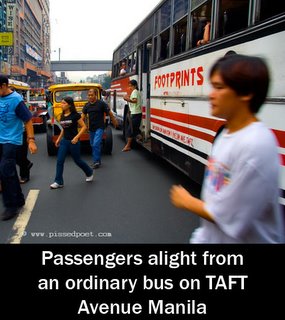
Living in an Asian country like the Philippines, it is expected that the major breakfast staple is rice in one its many varieties, as it is with all meals. It is the variety of toppings that makes breakfast here one of the more interesting meals of the day.
The most common is dried fish, either tuyo or its smaller cousin dilis. Fried and served with a splash of vinegar it will grace either fresh steamed rice or sinangag, yesterday’s rice fried in a little oil and flavoured with garlic.

Another firm favorite, if the supermarket shelves are anything to go by, is hot dogs. They come in mind boggling array of types and brands. Pork dogs, beefy dogs, chicken dogs, cheesy dogs, sweet and juicy dogs, American dogs, the list goes on. Served with sinangag and an egg over easy, it is an ok start to the day. A little banana catsup, yes a tomato sauce looking topping made from bananas, does them no harm.

A more interesting form of the humble sausage for your first meal of the day is longanisa. The native version is a small round delicacy flavoured with spices and garlic. Hamanado is similar but with sugar added to make it a sweeter start to the day. They are available pre-packaged from the supermarket or fresh from the markets. The market purchased longanisa will vary from seller to seller, with their eleven herbs and spices a closely guarded family secret.
Other hearty starters include beef or pork tapa. Strips of meat cooked in garlic, soy sauce and kalamansi juice. The kalamansi is the local version of the lemon, about the size of a full bodied wine grape.

Breakfast steaks feature on the Filipino breakfast menu, thinly cut steaks cooked with brown sugar, garlic, salt and pepper. For the big eater they are served with rice and diced native tomatoes, a smaller version of the western tomato.
Pork or chicken tocino is another sweet start to the day. Cubes of meat are marinated for at least 24 hours in a mixture of amatto water, which gives them the characteristic orange colour, sugar and spices. They are fried in a little water and served with, you guessed it, rice.
Very little is wasted in the Filipino kitchen, consequently omelets flavoured with leftovers often replaces the sunny side up or over easy egg. Also you may find that couple of day old honey cured ham cut into thin strips and fried beside your breakfast rice.
For a lighter start to the day there is Pandesal. A small white bun, crispy and slightly salty on the outside and sweet and soft inside, they are best eaten within a couple of hours of coming out of the oven. Eaten with butter or just dipped in your coffee, pandesal is also a favoured merienda treat and a great hit with the rug rats.
Another child orientated breakfast dish is champorado, a chocolate rice pudding. Often served with peanut butter mixed through it, the best beloved will be back for more.
Although the western wheat and corn flaked breakfast cereals are available, the small space given them on supermarket shelves indicate that a lot of marketing hype is going to be required for them to make serious inroads on the local fare.











































